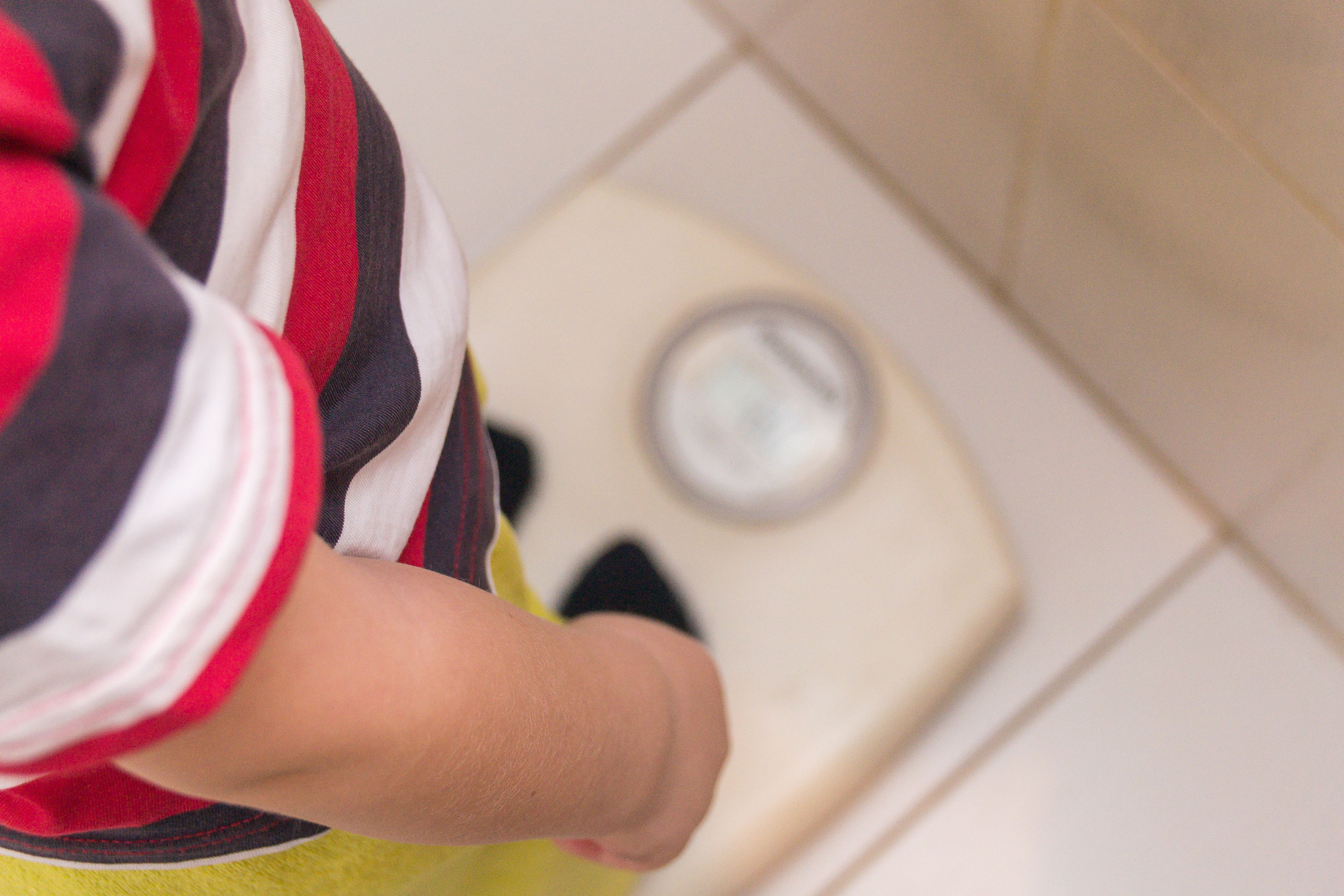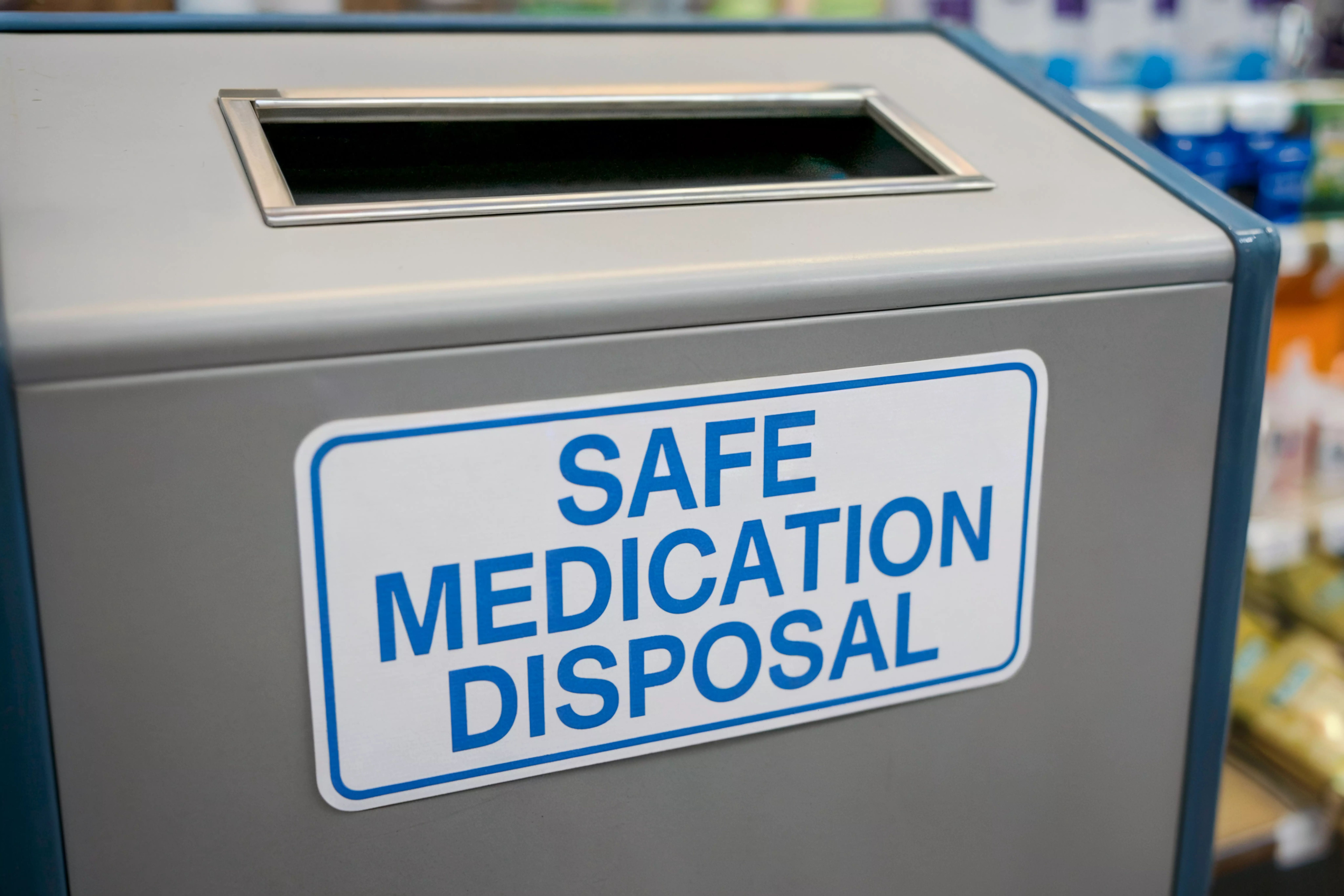Article
Soda Fountains & Their Pharmacist Inventors
Author(s):
The history behind the soda fountain involves innovative pharmacists.
The soda fountain was 'born' in the 1850’s, when people would seek fountain drinks from their local drugstore to cure physical ailments.1 At the time, many fountain drinks were concoctions or extracts of flavored, effervesced drugs.
Cocaine and caffeine were among such popular drugs found in pharmacy drinks—this combination was used for headache treatment. As patients began to suffer rebound headaches, they would return again and again for more drinks to treat their pain.1
Patients enjoyed visiting the soda fountain to get some 'pep—at the time, it was widely believed that stimulants were safe and effective. Many pharmacists (called druggists at the time) even made and marketed their own secret formulas.2
Pharmacies also began to offer milkshakes (the original recipe was carbonated water, sweetened flavored milk, and a raw egg) and ice cream sodas (flavored soda water with a scoop of vanilla ice cream) at their fountains.2
Selling cocaine-derived drinks was completely legal, as every drug was over the counter. However, in 1914, the Harrison Narcotics Tax Act became law under President Woodrow Wilson, and it banned the use of cocaine and opiates in OTC products.1
Almost every drugstore had a soda fountain by the early 1920’s. Due to prohibition, which began in 1919, bars were closing and people needed a place to socialize.1 At the time, ice cream parlors were usually standalone businesses and not part of a soda fountain.
Pharmacist Jacob Baur started the Liquid Carbonic Company in 1888, where he manufactured carbon dioxide in tanks, and then the real soda fountain was born. His Liquid Carbonic soda fountains were manufactured and marketed in the early 1900’s.1 A potential soda jerk (one who serves and sells from a soda fountain) could purchase a Liquid Carbonic soda fountain, an operations and recipe manual, and enter the soda fountain business. The soda fountain was seen as a valuable and profitable business.
Preservative-free soda syrup, with flavorings extracted from natural fruits, such as Orange Crush and Cherry Smash, became common in the local drugstores. The soda jerk would add carbonated water and phosphate to the syrup to make a unique beverage. Syrup companies began to provide the pharmacist with free syrup dispensers in exchange for advertising.
Soon, soda dispensers came along, replacing syrup dispensers, and changed the market. Pharmacists no longer had to mix their own concoctions. Instead of having to mix syrup with carbonated water and phosphate, the soda dispenser mixed the syrup and carbonated water, eliminating any additional steps to prepare a fountain drink. Soon, companies like Coca Cola and Pepsi began making soda dispensers, which they supplied to the pharmacies free of charge. The pharmacist simply had to hold the glass and turn the handle to dispense a drink.
Although this advancement freed up the pharmacist, the pharmacist also lost some uniqueness because the drinks became the same at every drugstore. According to the virtual Soderlund Drugstore and Pharmacy Museum, “As wonderful as these soda dispensers were, they hastened the demise of the soda fountain. They contributed to the homogenization of drugstores.”
Eventually, sodas were bottled and sold everywhere, and people no longer had to go to the drugstore for a soda.
A bonus for the soda companies: most people were already loyal to the brand from drinking these sodas at the pharmacy. Once the sodas were available in bottles, the brands were already recognizable and in demand.
Today, soda fountains are seen as old-fashioned yet charming, but are few and far between. Many customers enjoy the egg creams, soda floats, sundaes, and milkshakes that these soda fountains have to offer.
Fun Facts:
- Coca Cola was invented by Dr John Stith Pemberton, a local pharmacist at Jacobs’ Pharmacy in Atlanta, Georgia in 1886, where it was sold for 5 cents a glass.3
- Pepsi was invented by pharmacist Caleb Bradham, at his own drugstore, Bradham’s, in New Bern, North Carolina, in 1893. At the time, the drink was coined 'Brad’s Drink,' and it was renamed as Pepsi in 1898.4 Bradham believed that the drink was not only refreshing but would aid in indigestion, or dysPEPSIa, hence the name Pepsi.
- Dr Pepper was created in Waco, Texas, in 1885, and is the oldest major soft drink brand in America. The inventor was pharmacist Charles Alderton, who worked at a drugstore in Waco, Texas, owned by Wade Morrison. According to legend, Morrison named it 'Dr Pepper' after the father of a young girl he once loved.5
References
- Soderlund Drugstore Museum. History of the soda fountain. Soderlund Drugstore Museum website. http://drugstoremuseum.org/index.php/soda-fountain/soda-fountain-history. Accessed February 11, 2019.
- How Stuff Works. How soda fountains work. How Stuff Works website. https://recipes.howstuffworks.com/soda-fountains3.htm. Accessed February 11, 2019.
- Coca Cola Company. The Chronicle Of Coca-Cola: Birth of a Refreshing Idea. Coca Cola website. https://www.coca-colacompany.com/stories/the-chronicle-of-coca-cola-birth-of-a-refreshing-idea. Accessed February 11, 2019.
- The Pepsi Store. History of the birthplace. Pepsi Store website. https://www.pepsistore.com/history.asp. Accessed February 11, 2019.
- Dr Pepper. Frequently asked questions (FAQS). Dr Pepper website. https://www.drpepper.com/en/faq. Accessed February 11, 2019.
Newsletter
Stay informed on drug updates, treatment guidelines, and pharmacy practice trends—subscribe to Pharmacy Times for weekly clinical insights.





